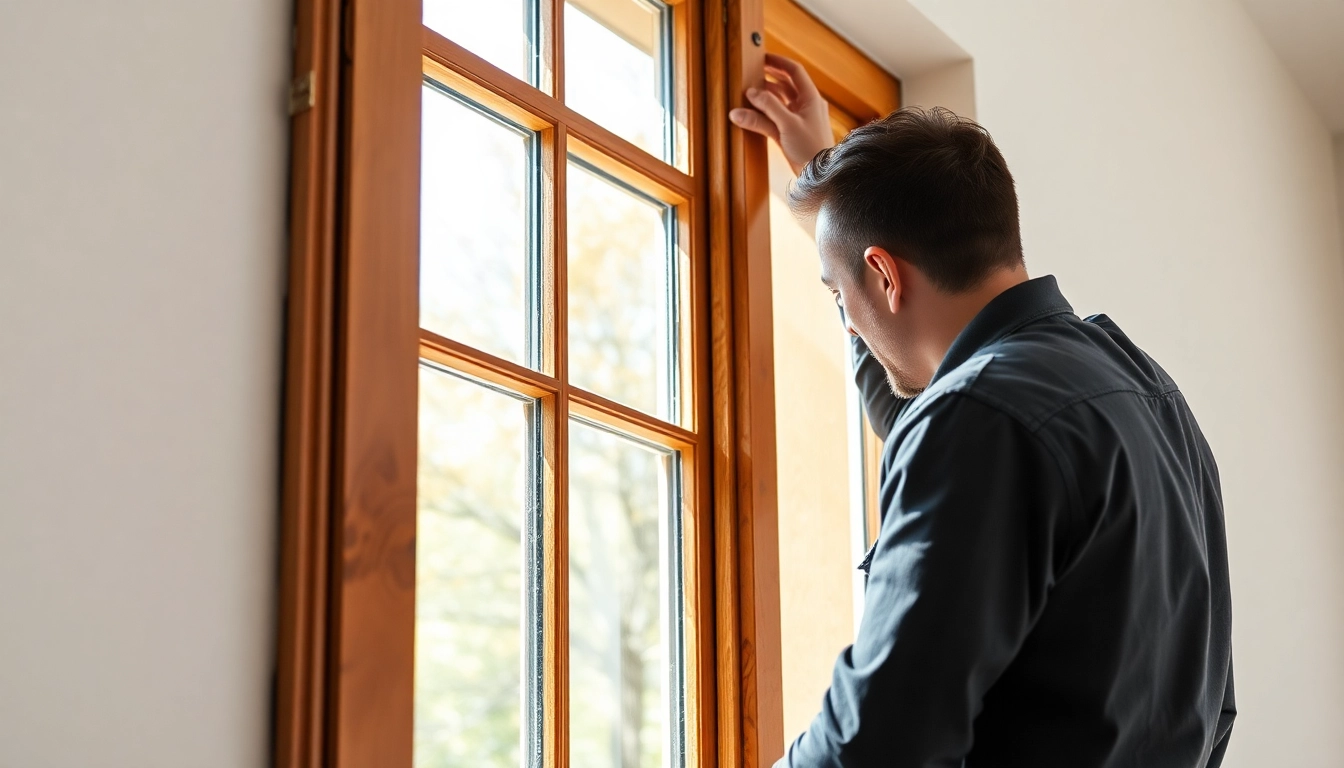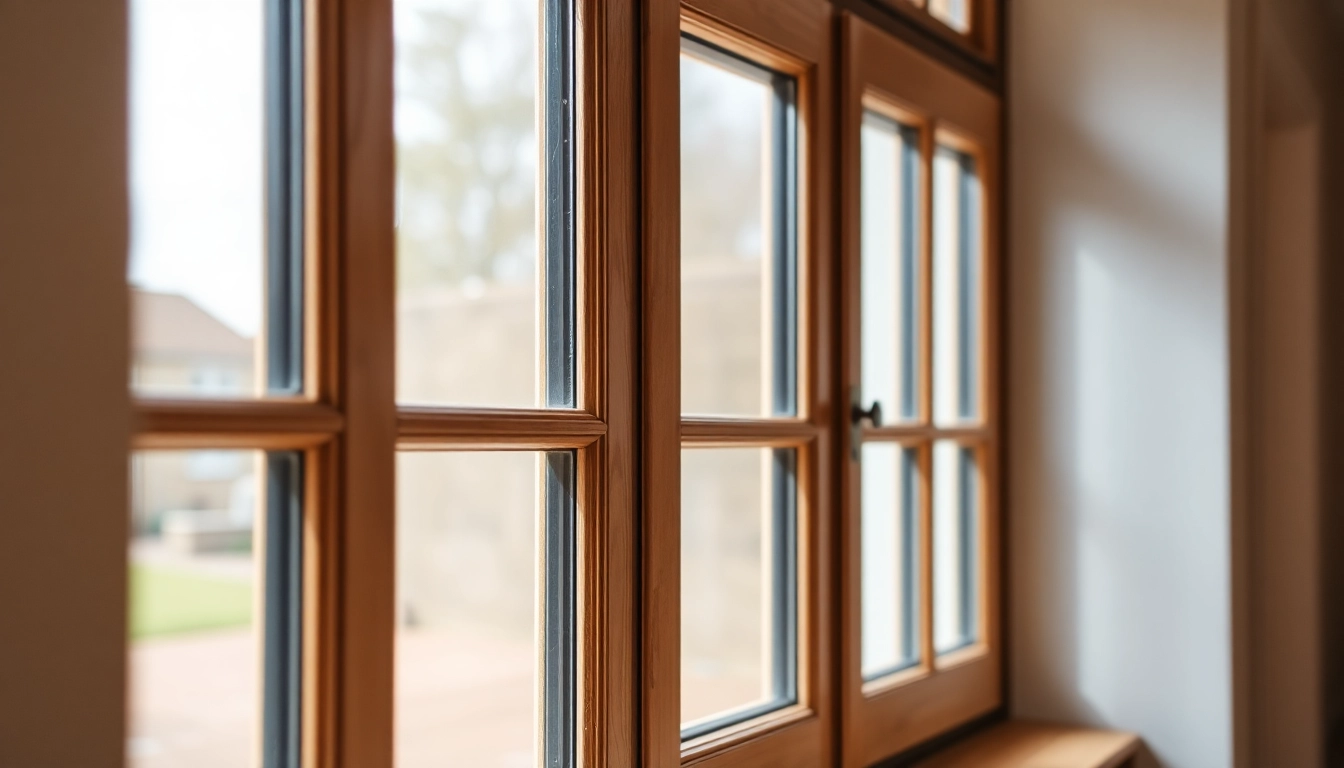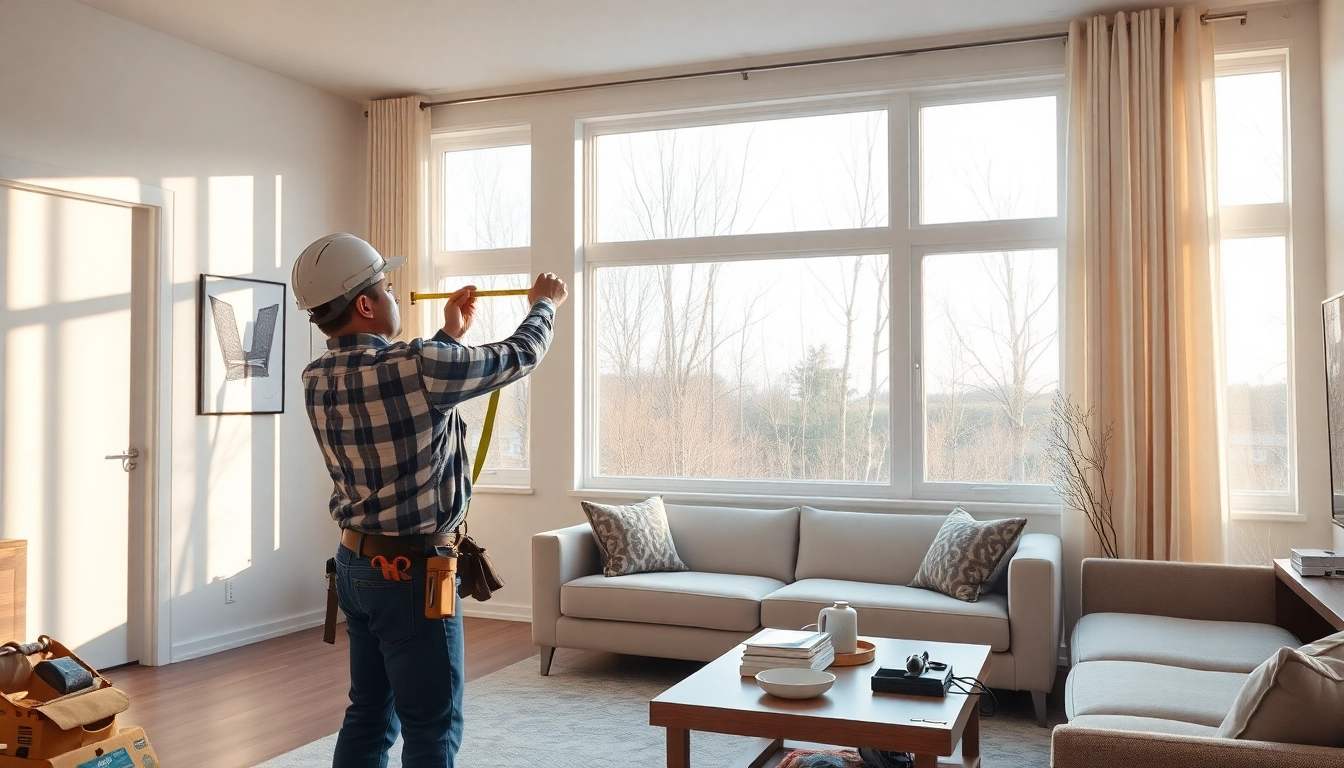Understanding Sash Window Replacement: Benefits and Key Considerations
Sash window replacement remains a pivotal aspect of restoring and enhancing the charm, security, and energy efficiency of both historic and modern homes across the UK. Whether you’re looking to preserve a period property or upgrade your current windows for better performance, understanding the intricacies of sash window replacement is essential. This comprehensive guide delves into what sash window replacement entails, the advantages it offers, and the critical factors to consider before undertaking such a project. For homeowners seeking reliable services, exploring options like Sash window replacement can be a valuable first step.
What Is Sash Window Replacement and When Is It Needed?
Sash window replacement involves removing and installing new sash components—either partially or wholly—to restore the functionality, appearance, and efficiency of existing windows. Unlike simple repairs, which might involve re-glazing or hardware fixes, full replacement targets the sash units, frames, or both, depending on the extent of damage and wear.
Determining when a sash window needs replacing is crucial. Common indicators include persistent draughts despite repairs, difficulty opening or closing, visible rot or decay in timber, cracked or shattered glass, or aesthetic dissatisfaction. For historic buildings, maintaining original proportions and character is paramount, making bespoke replacements or refurbishments preferable.
In many cases, partial sash replacements—such as installing new double-glazed sashes—are sufficient and less disruptive. This approach refreshes the window’s thermal performance without compromising its historic integrity. Notably, the London Sash Window Company emphasizes that partial replacements can be quick and effective, especially with modern double glazing options.
Advantages of Timber vs. uPVC Sash Windows
Choosing the right material for sash window replacement impacts aesthetics, maintenance, durability, and energy efficiency. Timber and uPVC are the two predominant options, each with distinct benefits.
Timber Sash Windows
- Authenticity and Aesthetics: Timber retains a classic, authentic appearance, especially suitable for period or listed properties. Its natural grain offers a timeless charm that enhances architectural character.
- Customizability: Timber can be customized in various finishes, stains, and designs to match original features or personal preferences.
- Longevity and Repairs: When properly maintained, timber windows can last decades. Repairing timber—such as replacing rotten sections—is often feasible, extending their lifespan.
uPVC Sash Windows
- Low Maintenance: uPVC requires minimal upkeep—no painting or sealing—making it an attractive choice for busy homeowners.
- Cost-Effectiveness: Generally more affordable initially, with a range of styles and finishes available.
- Energy Efficiency: Modern uPVC windows are fitted with multi-pane designs and double or triple glazing options, providing excellent insulation benefits.
Overall, timber offers aesthetic and historical benefits, whereas uPVC emphasizes practicality and cost savings. Depending on your property type and priorities, selecting the suitable material is vital for a successful sash window replacement project.
Cost Factors and Budgeting for Your Sash Window Replacement
Planning for sash window replacement involves understanding key cost drivers and establishing a realistic budget. The costs vary significantly based on material choice, window size, style complexity, and whether you opt for a full or partial replacement.
As a rough guide, replacing a single sash window can range from £500 to £1,200, depending on the material and specifications. For multiple windows—say, three or four—the total can escalate to between £1,500 and £4,800. A complete house with ten or more sash windows could see costs exceeding £12,000. These figures often include supply and installation but may exclude additional elements such as ironmongery, decorative glazing bars, or enhancements like draught proofing.
Additional expenses to consider are the costs of repairs to framing or existing structures, hardware replacements, and specialized finishes. For example, replacing sash cords might cost between £120 and £160 per window if undertaken by a professional.
Smart budgeting also entails factoring in potential disruptions and the long-term savings from improved thermal efficiency and security.
Step-by-Step Process of Replacing Sash Windows
Initial Inspection and Measurements
The replacement process begins with a thorough inspection by a qualified professional. This step assesses the existing condition of the window, identifying rot, structural issues, or hardware failures. Accurate measurements of sash dimensions, frame width, height, and the space required for new double-glazing are essential. Experts often record multiple measurements and evaluate the alignment and stability of surrounding brickwork or timberwork to ensure compatibility.
During this phase, considerations about heritage restrictions (for listed buildings) and aesthetic preferences are discussed, enabling the selection of appropriate styles and finishes.
Choosing the Right Materials and Style
Once measurements are complete, the next step involves selecting suitable materials and designs. The choice between timber and uPVC hinges on the project’s goals, aesthetic preferences, and budget. This stage also involves deciding on double-glazing options—such as sealed units, tinting, or decorative patterns—and hardware like sophisticated balances, locks, and handles.
Modern sash windows come in various styles, from traditional box sash to more contemporary casement or hybrid designs, allowing homeowners to tailor their replacement windows seamlessly into the property’s character.
Quality suppliers and installers will offer samples, technical specifications, and advice on product longevity and maintenance. Investing in high-quality materials ensures your windows remain functional and attractive for decades.
Installation and Final Checks
Professional installation involves removing the existing sashes carefully to avoid damaging surrounding structure. The new sashes, made to precise specifications, are then fitted into existing or newly prepared frames. This process includes sealing gaps to prevent draughts, installing hardware, and ensuring smooth operation of the opening and closing mechanisms.
Final checks involve testing for alignment, security, and insulation performance. Some installers may also offer draught proofing and finishing touches like repainting or staining to enhance aesthetics. Proper installation is crucial; poorly fitted windows can lead to drafts, security vulnerabilities, and increased maintenance requirements.
How to Choose a Sash Window Replacement Contractor
Credentials and Experience to Look For
Selecting a qualified contractor is fundamental for a quality outcome. Look for specialists with proven experience in sash window projects, particularly in heritage properties if applicable. Certification from recognized trade associations, such as the Guild of Master Craftsmen or the British Woodworking Federation, indicates professionalism and quality standards.
Ask for references, portfolio images, and evidence of completed projects similar to yours. Reputable firms often showcase testimonials and case studies demonstrating their expertise and customer satisfaction.
Questions to Ask During Consultation
- What materials and styles do you recommend for my property?
- Can you provide detailed quotations including all costs?
- What is your estimated timeline for installation?
- Do you handle planning permissions or heritage restrictions, if relevant?
- What warranties and aftercare services do you offer?
Ensuring Quality and Warranty
Ensure the contractor provides written guarantees covering workmanship and materials. Quality contractors also adhere to health and safety standards and are transparent about their processes. An extensive warranty not only protects your investment but reflects confidence in their craftsmanship.
Maintenance and Long-term Care of New Sash Windows
Cleaning and Upkeep Tips
Maintaining your sash windows extends their lifespan and preserves their aesthetic appeal. Regularly clean timber frames with mild soap and water, avoiding harsh chemicals. For uPVC frames, simple soap solutions suffice. Lubricate hardware yearly to keep mechanisms operating smoothly and replace worn or broken hardware promptly.
For timber windows, periodic repainting or staining is recommended every few years to protect against weathering. Additionally, inspecting for signs of rot or damage enables early intervention.
Dealing with Common Issues
Common problems include draughts, sticking sashes, or hardware failure. Most issues can be resolved through simple maintenance—replacing worn cords, adjusting balances, or re-caulking. For severe decay or irreparable damage, replacing only the affected sash parts or undertaking a full replacement might be necessary. Professional assessment ensures issues are handled efficiently.
Enhancing Energy Efficiency and Security
Modern sash windows often incorporate advanced glazing to improve insulation and reduce energy bills. Secure locking mechanisms, sash restrictors, and window alarms can enhance security. Additionally, installing secondary glazing or draught-proofing strips make a noticeable difference in thermal comfort.
Cost Comparison & FAQs About Sash Window Replacement
Average Prices and What’s Included
In the UK, sash window replacement costs vary, but typical expenses include supply, installation, and finishing. Basic uPVC models can start from around £326, while high-end timber or bespoke designs might reach upwards of £1,200 per window. For comprehensive projects including multiple windows, costs scale accordingly, with full property replacements potentially exceeding £12,000.
Most quotes encompass hardware, double-glazing, and finishing. Additional features such as decorative glazing bars or security upgrades may incur extra charges.
DIY vs. Professional Replacement
While some homeowners consider DIY sash window repairs—such as replacing cords or hardware—full replacement is a complex task demanding specialized tools, skills, and adherence to heritage standards. Attempting a DIY replacement without expertise risks damage, misalignment, or inconsistent finishes. Professional installers guarantee adherence to building codes, safety standards, and high-quality craftsmanship, ultimately providing peace of mind and long-term value.
Common Questions About Sash Window Replacement
- What is the average cost for window sash replacement?
- Depending on size and material, costs range from £500 to over £1,200 per window. Full house replacements can cost between £4,000 and £12,000.
- Can you replace just the sash of a window?
- Yes, in most cases, replacing the sash alone is possible, especially if damage is localized—saving costs and preserving original frames.
- Is it cheaper to repair or replace sash windows?
- Minor repairs, such as reglazing or hardware replacement, are more affordable. However, extensive decay or outdated features often warrant full replacement for better long-term value.
- How much does it cost to fix sash windows?
- Basic repairs like sash cord replacement typically cost between £120 and £160 per window, with more involved repairs, like timber restoration, being more costly.



